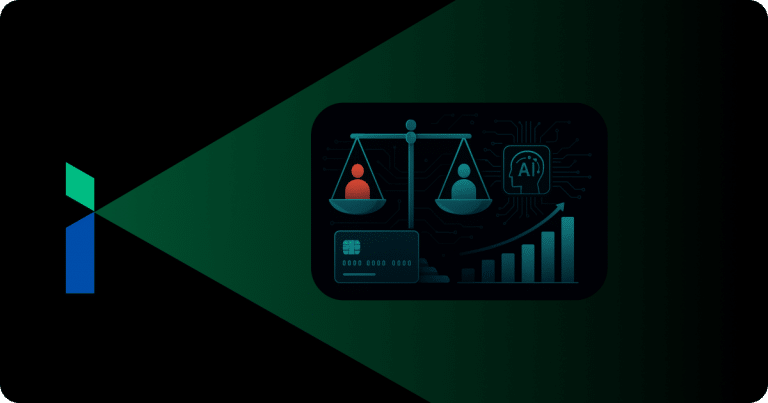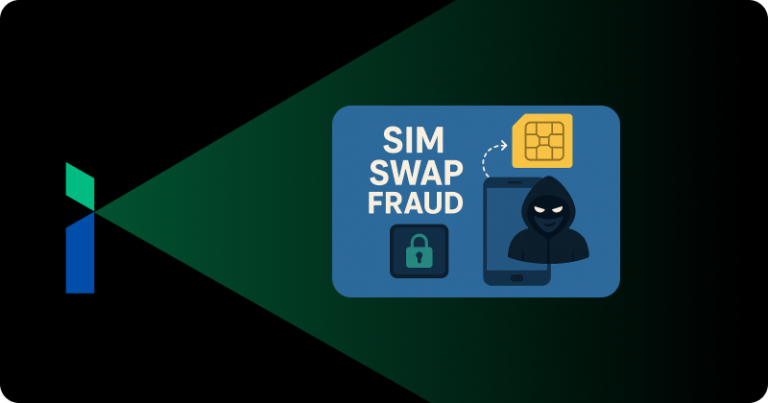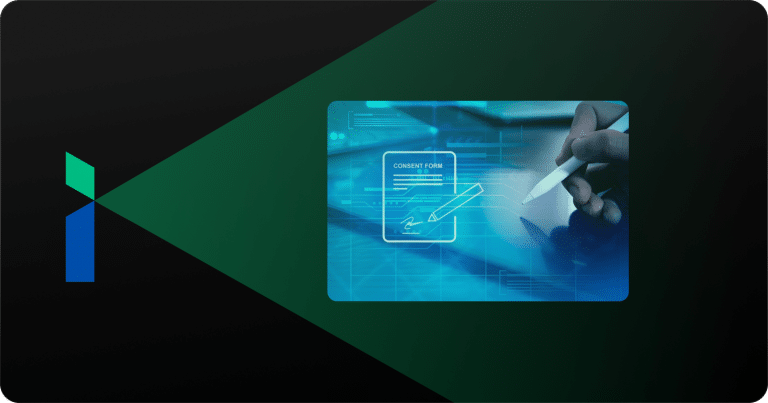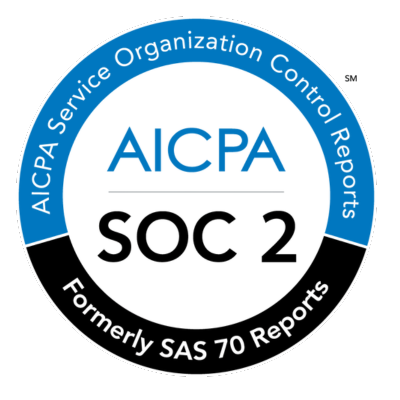Why Video Liveness?
Fraudsters can access confidential information and conduct financial transactions with a stolen identity, ruining the wealth of innocent individuals.
While facial recognition is a good means of biometric authentication, it is vulnerable to presentation attacks where a fraudster may provide a sequence of images or a non-live video to deceive the facial recognition system. Facial recognition system normally answer the paramount question “Is this the right person” but it doesn’t answer the more critical question “Is this a real person”. Video Liveness detection systems fill this gnawing gap in security systems.
Perfios’ Award-Winning Video Liveness
Perfios’ Video Liveness solution helps in ascertaining the identity of the targeted individual by establishing:
- Liveness of captured video frames using our proprietary passive liveness model
- Authentication and authorisation of the applicant by validating the OTP sent to the individual via other private channels such as SMS, email and in-app notifications with speech signals captured within the video
- Consistency amongst faces captured throughout the video
- Face match by using Perfios’ proprietary face matching algorithm, specifically tuned for Indian faces, to match an individual’s face extracted from the supporting onboarding/KYC documents or standalone face photographs with the face appearing in the video.
How is the Video Liveness score computed?
The overall Liveness score is derived by first computing a passive liveness score and then combining that with the face consistency, OTP match and face match scores.
Passive Liveness Score
Passive liveness score acts as the confidence measure in determining that the individual in the video recording is a live person and doesn’t represent a pre-captured video, sequence of images displayed on-screen or a physical mask used by bad actors with fraudulent intent. Passive liveness scoring not only looks at the passive liveness/originality of the captured video frames but also incorporates additional factors like face detection confidence, pose, lighting conditions, blur etc. A high liveness score indicates that an authenticated individual is truly present based on the supporting face image and the shared OTP.
Face Consistency Score
This score represents the overall similarity between the embeddings of faces captured throughout the video and it varies between 0 and 100. Embedding involves analyzing images and returning multidimensional numerical vectors of a face which represent the unique identity of the face. A high face consistency score signifies that the faces captured throughout the video are consistent.
OTP Match Score
The recorded video is processed & converted to audio and subsequently to text using Speech-to-text. OTP in this text body is used for fuzzy string matching with the OTP notified to the individual via other private channels. This match confirms that the individual has access to the private OTP uniquely created for him/her in real-time and the video is not pre-recorded.
Face Match Score
Face match is an optional part of the solution and computed depending on whether an image is provided or not. The Face Match score encapsulates the similarity between the face of the individual extracted from supporting onboarding/KYC documents or standalone face photographs and the face captured within the most optimal frame in the video.
To make sure every parameter has a bare minimum acceptable level, hard threshold checks are used. The verdict is given as ‘Not Live’ if even one of these four parameters (Face match score, Face consistency score, OTP Match score or video quality) falls below the respective hard threshold value.
Conclusion
Video Liveness Check requires no manual intervention at all. The OTP pronounced by the user is also verified automatically by OTP embedded in the system. A Video Liveness Check is normally performed as part of the KYC process in order to confirm that the person is a real and live individual. The user is typically required to complete a variety of challenges as part of the Video Liveness Check during the VKYC.
However, Perfios’ Video Liveness check only requires the user to spell out the OTP given on the screen, and the application automatically matches the OTP pronounced by the user with the OTP entered into the system previously. Perfios’ Video Liveness check is one of its kind, requiring no manual intervention.
















